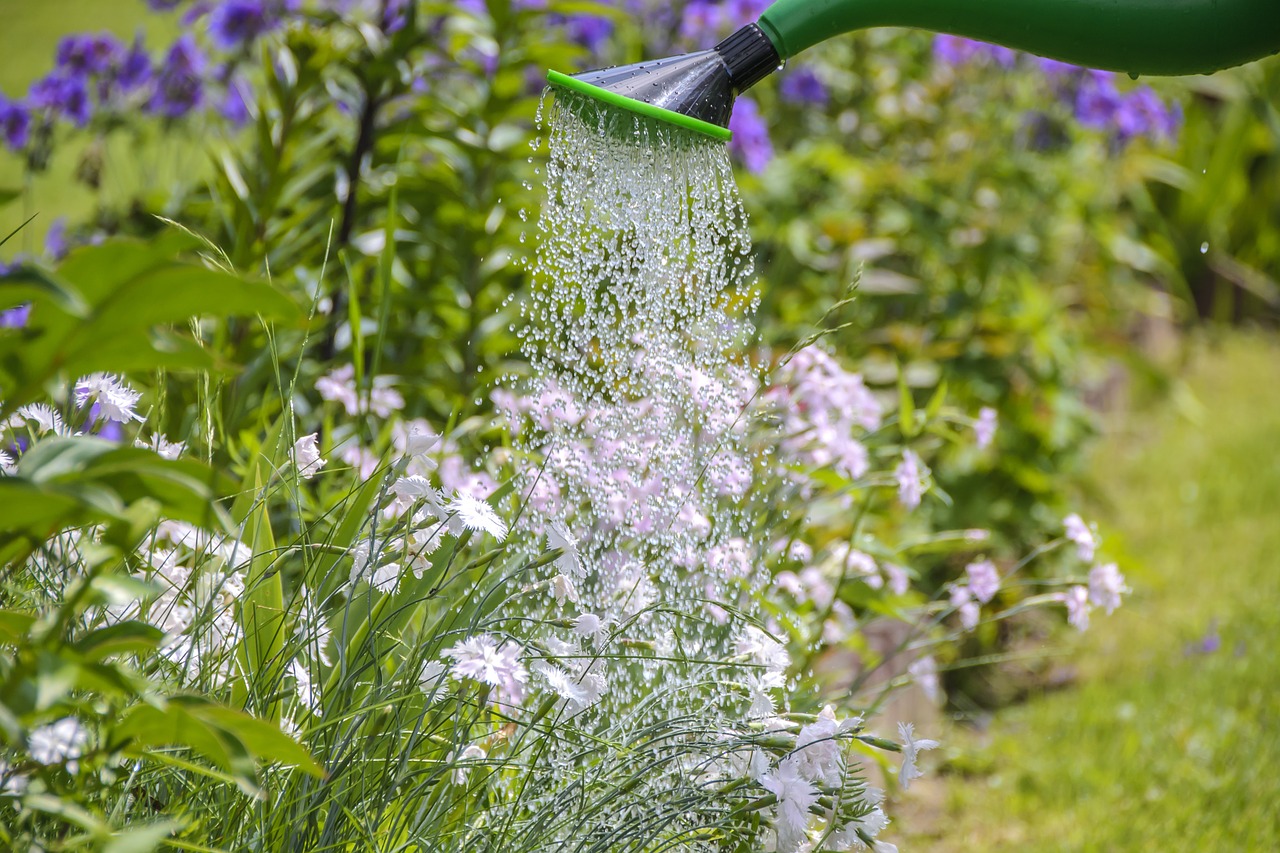8 Most Common Gardening Mistakes And How To Avoid Them

1.Planting without taking space into consideration
It’s anything but difficult to overlook that your plants require space to develop. As per Mother Earth News, putting plants excessively near one another can make them compete for daylight and other basic nutrients. To guarantee appropriate separating, Mother Earth News recommends keeping the bed clean of weeds. Weed early and regularly, especially amid the initial couple of weeks of a vegetable’s life.
2. Overwatering
This is unquestionably one that numerous gardeners make often. Roots that are soaked or sitting in water can make plants wilt because they don’t get enough oxygen. Natural Living Ideas recommends to accordingly oversee watering recurrence, particularly in plants where the roots are completely developed.
3. Picking the wrong plant
All plants are distinctive and flourish in differing climates. Some require more dampness while others require more sunlight. Here, first you have to know yourself, or to be precise, what kind of gardener you are. You should choose plants that you know you will be able to take good care for. For instance, if you forget to water your plants often, succulents might be right for you. You just need to water them once every week.
4. Not preparing the soil
 Particularly amid the early stages, it’s essential that the soil is rich and healthy for the youthful seedlings. The soil should not be too hard or dry.Countryside Daily states, “For soil that is heavy in clay, you’ll need to add sand and organic matter to relieve compaction. For soil that is sandy, you’ll need to add compost or well rotted manure to improve retention of moisture and nutrients.”
Particularly amid the early stages, it’s essential that the soil is rich and healthy for the youthful seedlings. The soil should not be too hard or dry.Countryside Daily states, “For soil that is heavy in clay, you’ll need to add sand and organic matter to relieve compaction. For soil that is sandy, you’ll need to add compost or well rotted manure to improve retention of moisture and nutrients.”
5. Not using the right mulch amount
Mulching is intended to slow down or prevent weeds from growing in your garden. So, including a lot of mulch may disallow seedlings from getting the sufficient amount of moisture they require for development. Gail Damerow from Countryside Daily proposes including an inch of mulch when seedlings are several inches high and a couple of more inches when they are half developed.
6. Underwatering
Underwatering is as dangerous for the plant as overwatering, and sometimes it can be difficult to say if the plant needs water or not. In both cases, your plant will turn brown and start to wilt. You need a way to determine if your plant needs water. The finger test is what is recommended by most gardening sites. Run your fingers maybe a couple crawls down into the soil. If it’s wet, it doesn’t need water. If it’s dry, it’s time to water!
7. Improper use of weed killers
Weed killer sprays can travel by air, or blend in water and run downstream (amid rain), making you harm the nearby plants or flowers.
8. Forgetting about crop rotation
Crop rotation is essential as it keeps plants from experiencing similar bugs or insects from a previous reap. Hence, the rotation helps in recharging and reestablishing the soil nutrition level.


